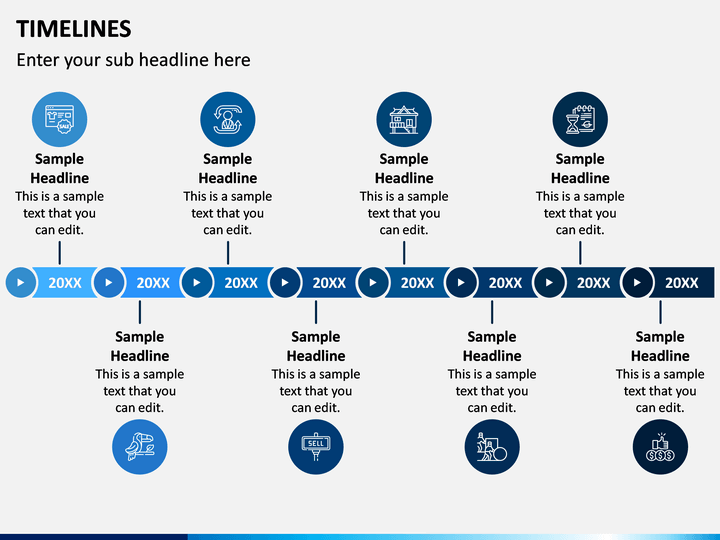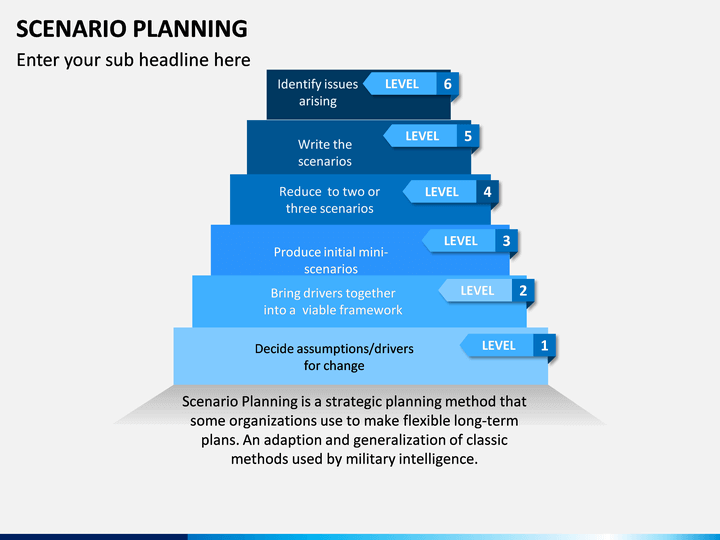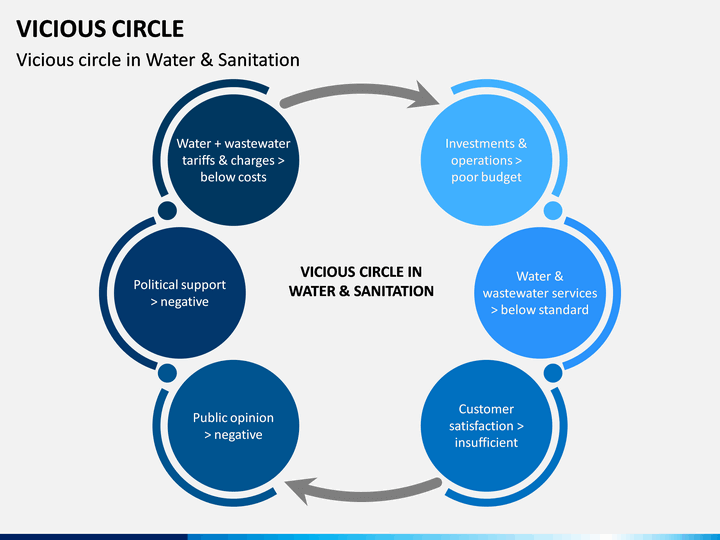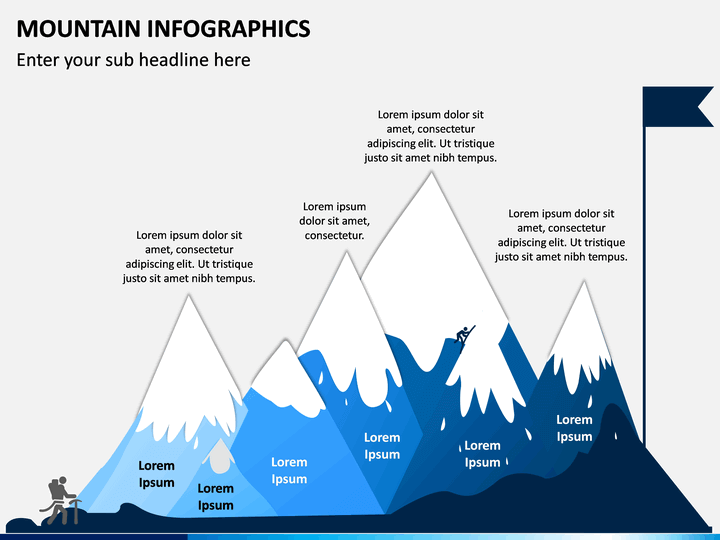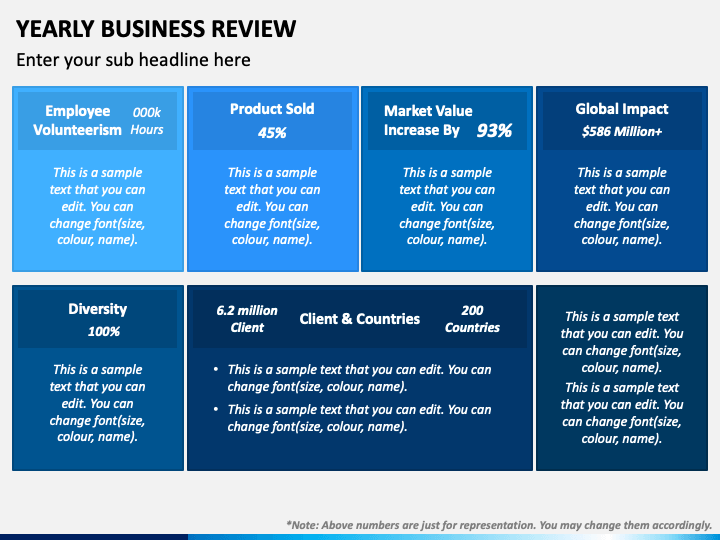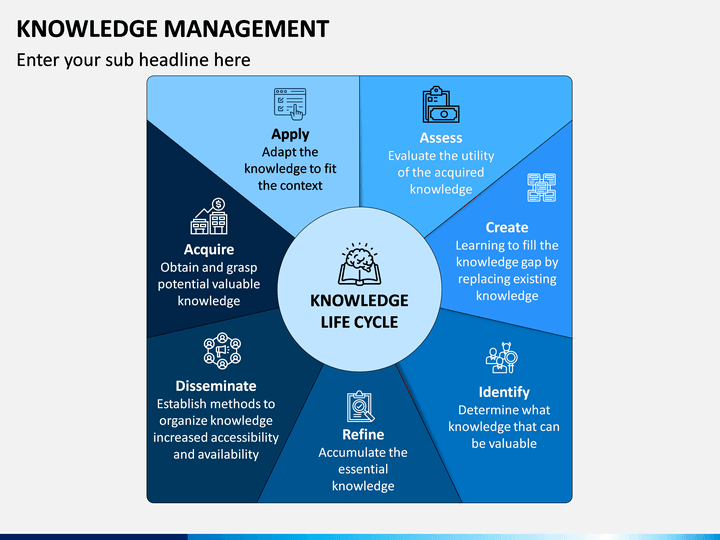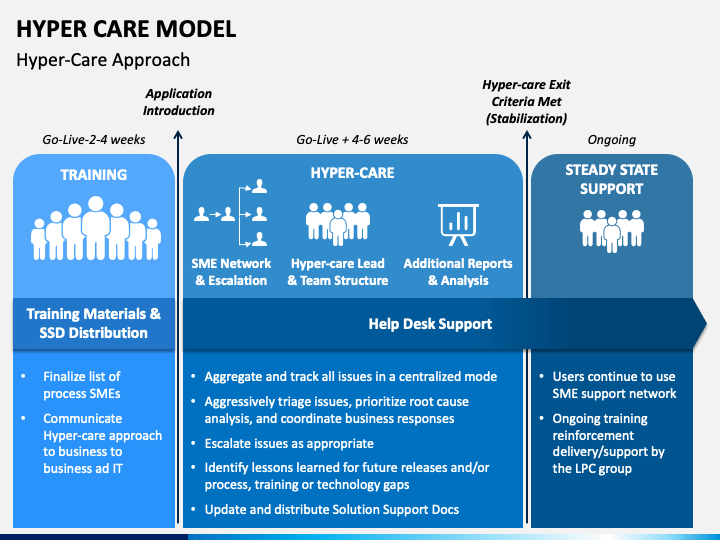Cause And Effect Template
Cause and effect template - Cause and effect diagrams and 5 whys are integral to the process itself, while fmea and kaizen help minimize the need for rca in the future. (if you're using a smartdraw template, this will already be there for you). See how to make cause and effect charts and see examples. They are a great way to visualize causes and their effects. Cause and effect diagrams, also known as fishbone diagrams and ishikawa diagrams, examine the reasons behind an event or problem. Next, angle branches off of the spine, each representing a cause or effect of. A fishbone diagram can be defined as a straightforward tool that shall permit quick and effective track of root causes in the pursuit of taking the corrective actions, and this is also known as cause and effect diagram or, in other words, ishikawa diagram. Use the classic fishbone diagram when causes group naturally under the categories of materials, methods, equipment, environment, and people. Below are some fishbone diagram templates from our. Causality is the relationship between causes and effects.
Fishbone (aka cause and effect/ishikawa) diagrams are great for analyzing processes and identifying defects in them. The fishbone diagram identifies many possible causes for an effect or problem. While causality is also a topic studied from the perspectives of philosophy and physics, it is operationalized so that causes of an event must be in the past light cone of the event and ultimately reducible to fundamental interactions.similarly, a cause cannot have an effect outside its future light cone. A cause and effect diagram, also known as an ishikawa or fishbone diagram, is a graphic tool used to explore and display the possible causes of a certain effect. Fishbone diagrams are used in many industries but primarily they’re used in manufacturing, sales, and marketing.
Timelines PPT Timelines PowerPoint Template SketchBubble
(if you're using a smartdraw template, this will already be there for you). The fishbone diagram identifies many possible causes for an effect or problem. Use the classic fishbone diagram when causes group naturally under the categories of materials, methods, equipment, environment, and people.
Scenario Planning PowerPoint Template SketchBubble
While causality is also a topic studied from the perspectives of philosophy and physics, it is operationalized so that causes of an event must be in the past light cone of the event and ultimately reducible to fundamental interactions.similarly, a cause cannot have an effect outside its future light cone. Use the classic fishbone diagram when causes group naturally under the categories of materials, methods, equipment, environment, and people. See how to make cause and effect charts and see examples.
Vicious Circle PowerPoint Template SketchBubble
A fishbone diagram can be defined as a straightforward tool that shall permit quick and effective track of root causes in the pursuit of taking the corrective actions, and this is also known as cause and effect diagram or, in other words, ishikawa diagram. They are a great way to visualize causes and their effects. Fishbone (aka cause and effect/ishikawa) diagrams are great for analyzing processes and identifying defects in them.
Mountain Infographics PowerPoint Template SketchBubble
Causality is the relationship between causes and effects. (if you're using a smartdraw template, this will already be there for you). Next, angle branches off of the spine, each representing a cause or effect of.
Yearly Business Review PowerPoint Template PPT Slides SketchBubble
(if you're using a smartdraw template, this will already be there for you). Fishbone diagrams are used in many industries but primarily they’re used in manufacturing, sales, and marketing. The fishbone diagram identifies many possible causes for an effect or problem.
Knowledge Management PowerPoint Template SketchBubble
(if you're using a smartdraw template, this will already be there for you). Causality is the relationship between causes and effects. Next, angle branches off of the spine, each representing a cause or effect of.
Hyper Care Model PowerPoint Template PPT Slides SketchBubble
While causality is also a topic studied from the perspectives of philosophy and physics, it is operationalized so that causes of an event must be in the past light cone of the event and ultimately reducible to fundamental interactions.similarly, a cause cannot have an effect outside its future light cone. See how to make cause and effect charts and see examples. A cause and effect diagram, also known as an ishikawa or fishbone diagram, is a graphic tool used to explore and display the possible causes of a certain effect.
Strategy House PowerPoint Template SketchBubble
Next, angle branches off of the spine, each representing a cause or effect of. (if you're using a smartdraw template, this will already be there for you). They are a great way to visualize causes and their effects.
Next, angle branches off of the spine, each representing a cause or effect of. (if you're using a smartdraw template, this will already be there for you). Use the classic fishbone diagram when causes group naturally under the categories of materials, methods, equipment, environment, and people. They are a great way to visualize causes and their effects. Cause and effect diagrams and 5 whys are integral to the process itself, while fmea and kaizen help minimize the need for rca in the future. Fishbone (aka cause and effect/ishikawa) diagrams are great for analyzing processes and identifying defects in them. The fishbone diagram identifies many possible causes for an effect or problem. Causality is the relationship between causes and effects. See how to make cause and effect charts and see examples. Fishbone diagrams are used in many industries but primarily they’re used in manufacturing, sales, and marketing.
Below are some fishbone diagram templates from our. A fishbone diagram can be defined as a straightforward tool that shall permit quick and effective track of root causes in the pursuit of taking the corrective actions, and this is also known as cause and effect diagram or, in other words, ishikawa diagram. Cause and effect diagrams, also known as fishbone diagrams and ishikawa diagrams, examine the reasons behind an event or problem. A cause and effect diagram, also known as an ishikawa or fishbone diagram, is a graphic tool used to explore and display the possible causes of a certain effect. While causality is also a topic studied from the perspectives of philosophy and physics, it is operationalized so that causes of an event must be in the past light cone of the event and ultimately reducible to fundamental interactions.similarly, a cause cannot have an effect outside its future light cone.
